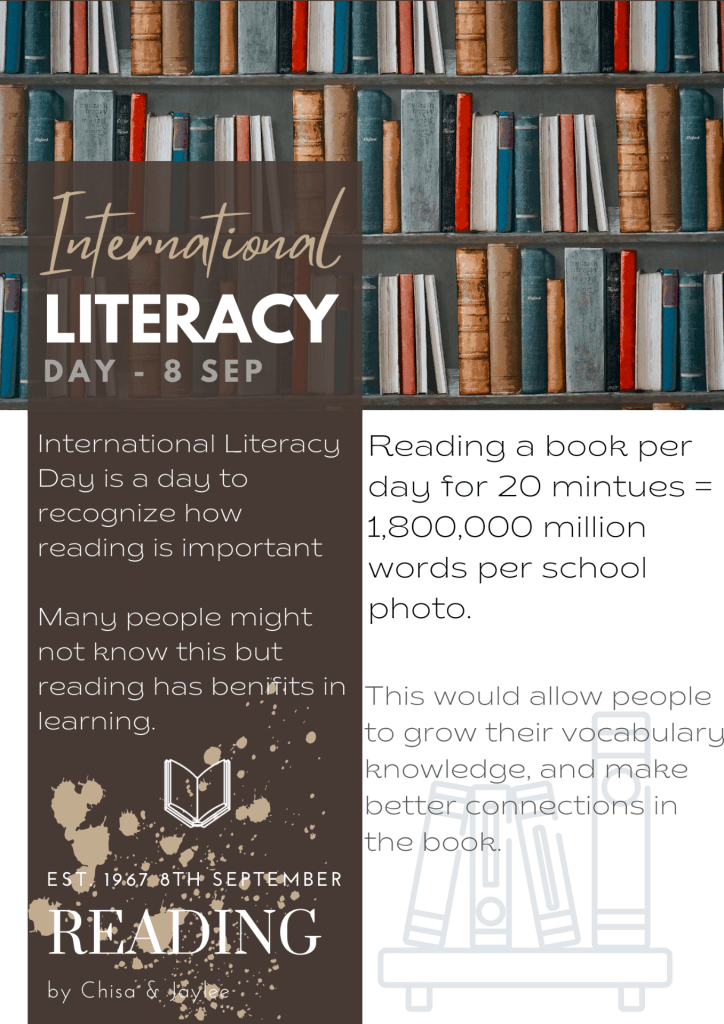LI: To identify the significance of the Match Girls Strike of 1888.
Today we had a session with David, our PB4L leader. He was teaching us about the match girls strike of 1888. This Strike of 1888 explains the hardships that the match girls went through, this eventually led to a protest trying to raise awareness for women who don’t get appreciate their hard work by not getting paid.
I enjoyed doing this activity because in the 1888 and back, women were looked down because they weren’t men.
An interesting fact I learnt during this activity was how the yellow phosphorus could damage someones face which would be devastating and how there were people who died from this disease.



